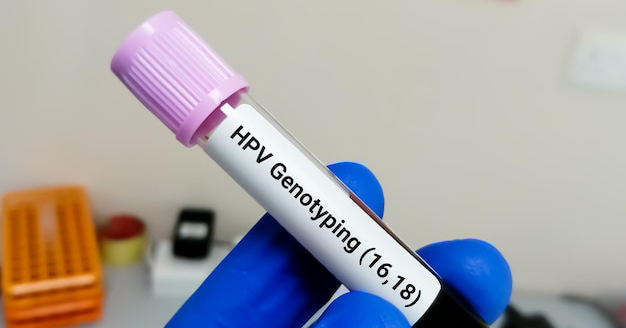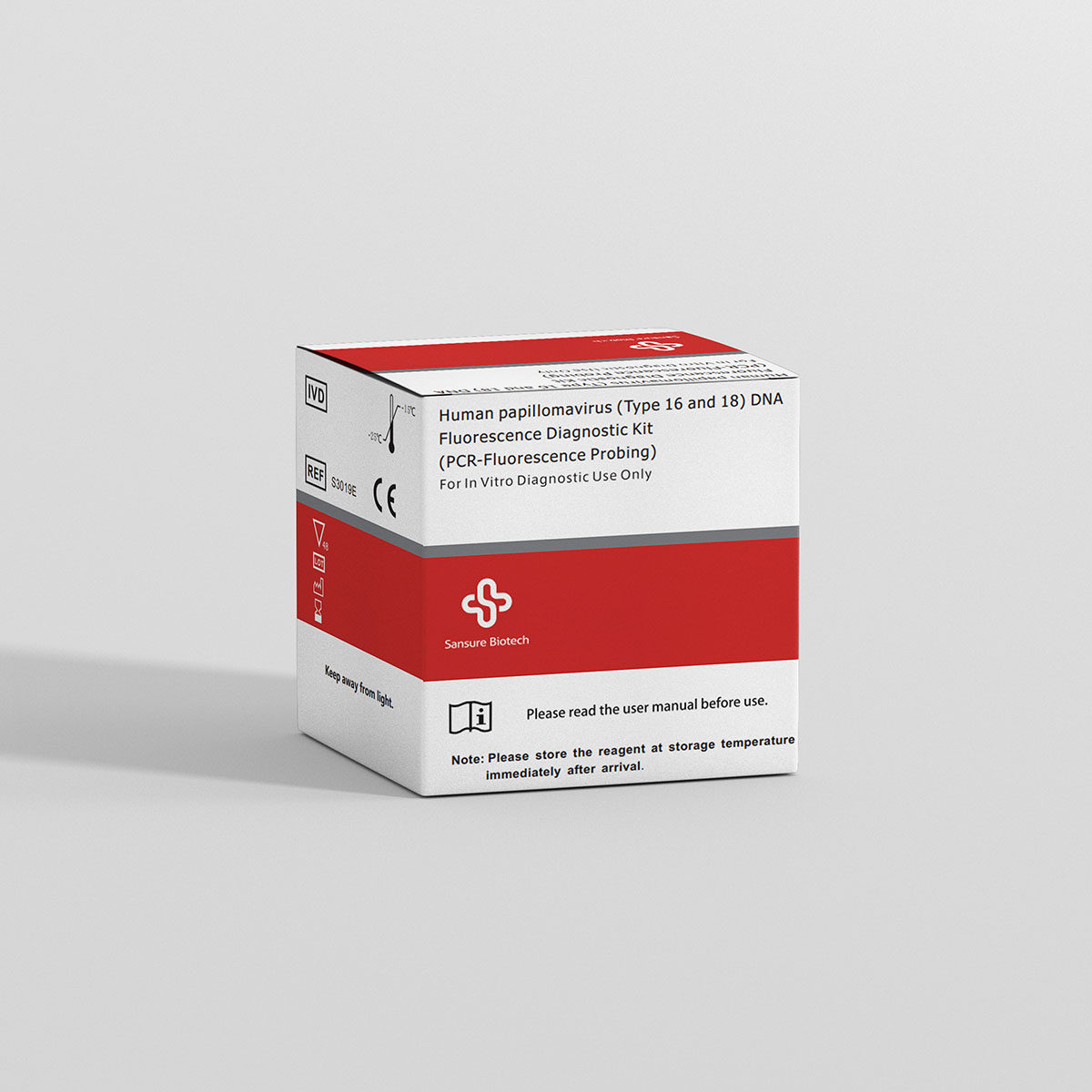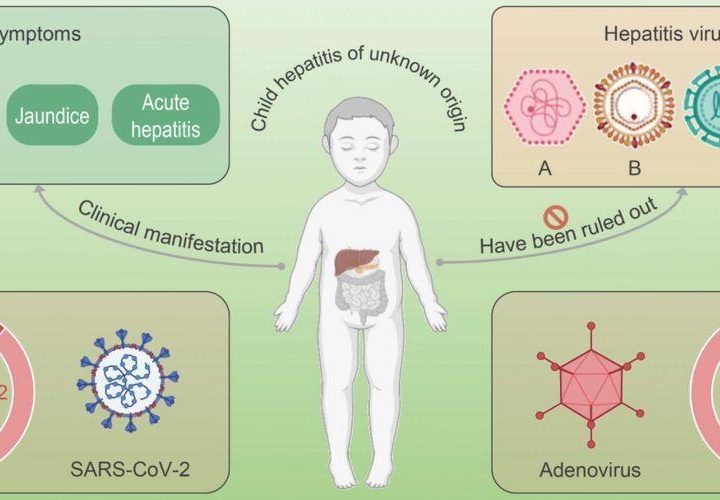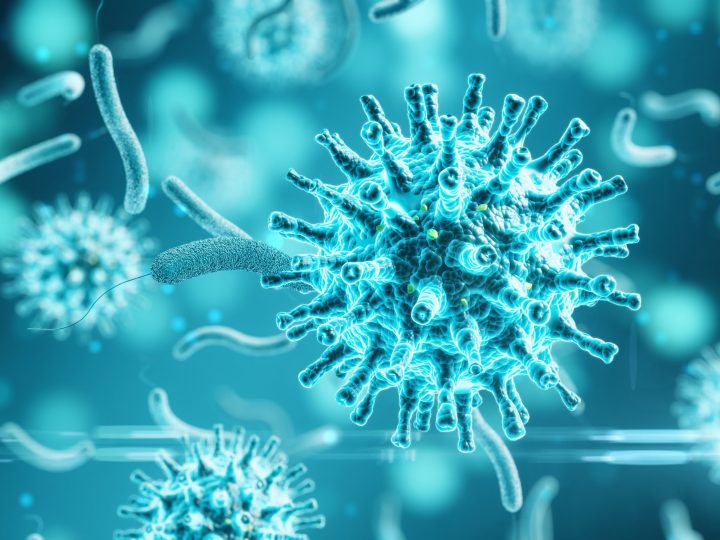Why Must We Pay More Attention to HPV Type 16 and 18?
Types of HPV
HPV, or human papillomavirus, is one of the most common sexually transmitted viruses that cause infection. HPV is usually transmitted through genital contact like vaginal, oral, or anal sex, or skin-to-skin contact. There are over 200 different types of HPV responsible for causing a wide variety of genital conditions, ranging from invasive tumors to benign lesions[1]. The term “papilloma” represents the kind of wart caused by a certain HPV type, hence each strain of the human papillomavirus is given a distinct identifying number like HPV 16, HPV 18, HPV 31, etc., depending on the type and severity of the wart caused.
Low and High-Risk HPV
All strains of HPV fall into one of the two HPV groups i.e., low-risk human papillomavirus or high-risk human papillomavirus. Genital infections caused by some low-risk human papillomavirus strains, are symptomless i.e., without any bleeding or itchiness, and disappear as the body develops resistance against the viral strain. However, even the low-risk HPV types could lead to serious health problems such as condyloma acuminata. High-risk HPV types are more malicious. While they may appear to be symptomless in the earlier stage, high-risk HPV infection can result in more severe cervical dysplasia and cancer types. We will take HPV type 16 and 18, two of the most severe types, as examples to illustrate.

HPV type 16 and 18
Among the 14 high-risk HPV strains, HPV type 16 and 18 are responsible for various types of HPV-associated cancers, particularly cervical cancer. Cervical cancer is the fourth most prevalent cancer type in women worldwide, with 342,000 deaths and 604,000 new cancer cases reported in 2020. According to WHO, HPV type 16 and 18 account for more than 70 percent of all high-grade cervical pre-cancers[2]. HPV type 16 and 18 also significantly increase the risk of vulvar, vaginal, penile, anal, and oropharyngeal cancer[3].
Three Cervical Cancer Prevention Lines
Significant measures for the prevention of cervical cancer include the following:
1. Vaccination

As previously mentioned, HPV vaccination offers different degree of protection against HPV infections. When administered between the ages of 9 and 12, the HPV vaccine provides the highest protection. HPV vaccination is also believed to prevent up to 90 percent of HPV-associated cancers, thus is recommended for people of both female and male.
2. Screening
Screening is done to check for an illness in the absence of any symptoms. Cervical screening is done to check for any HPV infection-associated precancerous cell changes that might lead to cervical cancer. HPV-DNA testing is used to detect high-risk HPV strains in the cervical area, particularly HPV type 16 and 18. High-risk HPV test is more important in many regards.

Speaking of screening and detection, we are proud to introduce Sansure’s Human papillomavirus (Type 16 and 18) DNA Fluorescence Diagnostic Kit, one of the finest kits for the detection of high-risk HPV (such as Type 16 and18) DNA in reproductive tract secretions. This kit uses one-tube fast release technology for the extraction of HPV DNA from reproductive tract secretions, thus, ensuring accurate results. Better even, our Portable Molecule Workstation, iPonatic, can detect HPV 16/18 rapidly!
3. Treatment
HPV virus usually clears up on its own and does not require any treatment[4]. However, if the persistent high-riskHPV infection occurs, or HPV infection leads to abnormal changes in cells, then the treatment may include the following methods:
- Loop electrosurgical excision procedure (LEEP): Electrical removal of abnormal HPV infected cells.
- Laser therapy: Burning of abnormal cells using laser light
- Conization: Removal of HPV-infected region
- Cryotherapy: Freezing of abnormal cells using liquid gas.
Conclusion
HPV type 16 and 18 are significantly associated with a high risk of cervical cancer. To decrease the risk of HPV-associated cancers, high-risk HPV tests must be conducted. Based on advanced technology, Sansure’s HPV diagnostic kits aid in the prevention of cervical cancers by offering a quick and effective screening of high-risk HPV. As the diagnostic solution provider integrating diagnostic reagents, instruments and independent clinic laboratory services with innovation and caring in mind, we are always committed to the prevention against various diseases using our core genetic technology, and we are happy to offer you more HPV DNA tests, HPV care, and other reliable medical detection devices.
References:
[1] Bzhalava D, Eklund C, Dillner J. International standardization and classification of human papillomavirus types.
[2] WHO Fact Sheet: cervical cancer.
[3] de Martel C, Plummer M, Vignat J, Franceschi S. Worldwide burden of cancer attributable to HPV by site, country and HPV type
[4] HPV and Cancer – NCI





